Advancements in Prefabricated Materials: What to Expect in 2025

The building industry has developed and grown a lot over the years. With the help of prefabricated materials, building projects are completed quickly, effectively, and at half the cost of what it would usually take. This new method has building parts made in a controlled workshop and then put together on-site. This speeds up the building process and reduces waste. Exciting new developments in prefabricated materials will make the business even more different as we get closer to 2025.
In this blog, we are going to focus on the future. We shall talk in detail about how prefabricated materials will advance the building industry over the years. We are going to talk about how new technologies and eco-friendly choices can make things last longer, work better, and be built in more ways. We're going to talk about some cool new technologies that will change the way fixed construction is done in 2025. If you work in construction, own a home, or are just interested in the future of buildings, come along.
Top Material Innovations for Prefabricated Structures in 2025
As we look ahead to 2025, we can see that new materials will completely change the world of prefabricated buildings. These improvements look like they will make prefabricated structures more useful, long-lasting, and adaptable, which will make them a great choice for modern building projects.
- Sustainable materials: Materials that are good for the environment, like recycled steel and old wood, are becoming more and more common. Not only do these materials have less of an effect on the world, but they also give prefabricated buildings a unique look.
- New composite materials: Carbon fiber-reinforced plastics and other new composite materials have amazing strength-to-weight ratios. These materials are very strong and flexible, which lets architects make more creative designs.
- Insulated Concrete Forms (ICFs): ICFs are becoming more popular because they are good at keeping heat in and keeping the structure strong. Because they make houses that use less energy and cost less to heat and cool, they are a good choice for green building.
- Smart materials: Adding smart materials like self-healing concrete and adaptive insulation to prefabricated buildings will change them. These materials can react to changes in their environment and fix themselves, which makes buildings last longer and more durable.
- 3D-Printed Materials: More and more 3D-printed parts are being used in prefabrication. This technology makes exact customization and quick production possible, which speeds up the building process and cuts down on waste.
These new materials will revolutionize the future of building by combining sustainability, efficiency, and artistic freedom in a way that has never been seen before.
Check out our blog on: Trends and Innovations in Prefab Commercial Buildings to get innovative trends driving the transformation of commercial spaces.
Benefits of Advanced Prefabricated Building Materials
Innovative prefabricated materials are changing the construction landscape with their exceptional benefits, positioning them as a preferred option for contemporary projects.
- Environmental responsibility: Using materials such as recycled steel, reclaimed wood, and eco-friendly composites helps reduce waste and promotes the use of renewable resources. These choices are leading us toward more environmentally friendly and sustainable building methods.
- Productivity: Building off-site in controlled settings helps to speed up construction, minimize disruptions at the site, and cut down on labor expenses, leading to quicker and more efficient project finishes.
- Quality Control: The components produced in the factory go through quality checks to guarantee precision, consistency, and durability. This ensures that structures not only meet but also surpass industry standards.
- Cost-Effectiveness: Using prefabrication can cut down on construction time, lessen the need for labor, and minimize material waste, leading to notable cost savings while still maintaining quality.
- Flexibility in Design: Innovative materials such as carbon fiber-reinforced polymers and 3D-printed components empower architects to delve into distinctive designs, fostering creativity and enhancing the aesthetic charm of contemporary structures.
- Improved Performance: Smart materials, like self-healing concrete and adaptive insulation, enhance the durability and efficiency of buildings by reacting to environmental shifts and minimizing maintenance needs.
Advanced prefabricated building materials are transforming the construction landscape with their sustainability, efficiency, and versatility, providing a smarter and more eco-friendly approach to building.
Types and Examples of Prefabricated Building Materials
There are different kinds of prefabricated building materials, and each has its own uses and benefits. Some of the most well-known types and cases are shown below:
- Modular Panels: These are made of wall, floor, and roof panels that are shipped to the building site and put together there. Some examples are Structural Insulated Panels (SIPs), which are great at keeping heat in and keeping the structure strong, and Insulated Concrete Forms (ICFs), which are known for being long-lasting and energy-efficient.
- Precast Concrete: Parts made of precast concrete are made in a controlled workplace setting and can be used in many ways. Precast beams, columns, and blocks are some examples. They are very strong and can be used in many ways. For business buildings, roads, and infrastructure projects, precast concrete is often used.
- Steel Frames: Steel frames that are already made are used a lot in both home and business construction. It's easy to put these frames together quickly and they're strong. The strong framework for buildings is made up of things like steel beams, columns, and joists.
- Timber Frames: Cross-laminated timber (CLT) and glued laminated timber (glulam) are two engineered wood goods that are becoming more popular because they are long-lasting and look good. These premade wood pieces are used for floors, walls, and roofs. They are very strong and good for the environment.
- 3D-Printed Parts: As 3D printing technology has improved, a new age of prefabrication has begun. As an example, custom-designed plastic and concrete parts that can be quickly made and put together make it possible for architects to come up with new and complex designs.
- Prefabricated Bathrooms and Kitchens: Full bathroom and kitchen units are built off-site and brought to the site ready to be put together. These units come with all the plumbing, electricity, and finishing materials they need, which speeds up the building process and ensures quality.
The construction industry can be more efficient, environmentally friendly, and creative with their use of this wide range of pre-made building materials. This will pave the way for the future of building.
You May also like to read: Why Are Modular Houses Worth the Money
Future Trends in Prefabricated Building Materials
Modern innovations and a focus on sustainability will drive the future of pre-made building materials, which will have a huge impact on the building industry. Eco-friendly materials, like bioplastics and recycled composites, will become more popular. These materials are better for the earth and last longer. Smart materials like self-healing concrete and adaptable insulation will make buildings work better and last longer. Adding 3D printing technology will make it possible to make exact adjustments, which will allow for complex designs and quick output. Modular building methods will keep getting better as premade parts become more useful and adaptable. Nanotechnology improvements will also make materials stronger, lighter, and more durable, opening the door to environmentally friendly and modern ways to build. As these trends develop, prefabricated construction will not only become more efficient and cost-effective, but it will also change the ways buildings can be designed, ushering in a new age of environmentally friendly, creative, and beautiful buildings.
We've talked about the exciting new developments in pre-made materials that will change the way buildings are built in 2025. These new ideas should make things more efficient, last longer, and be easier to plan, which will pave the way for the future of development.
Pressmach is one of the best companies in the premade building business, so you should certainly work with them. We are dedicated to quality and new ideas, and our cutting-edge solutions use the newest developments in premade materials. Our knowledge makes sure that your projects are not only efficient and cost-effective but also good for the environment and look good. You are choosing a long-lasting, high-quality building option that meets the needs of today's building trends when you choose Pressmach.
Your Requirements
Related
Blogs


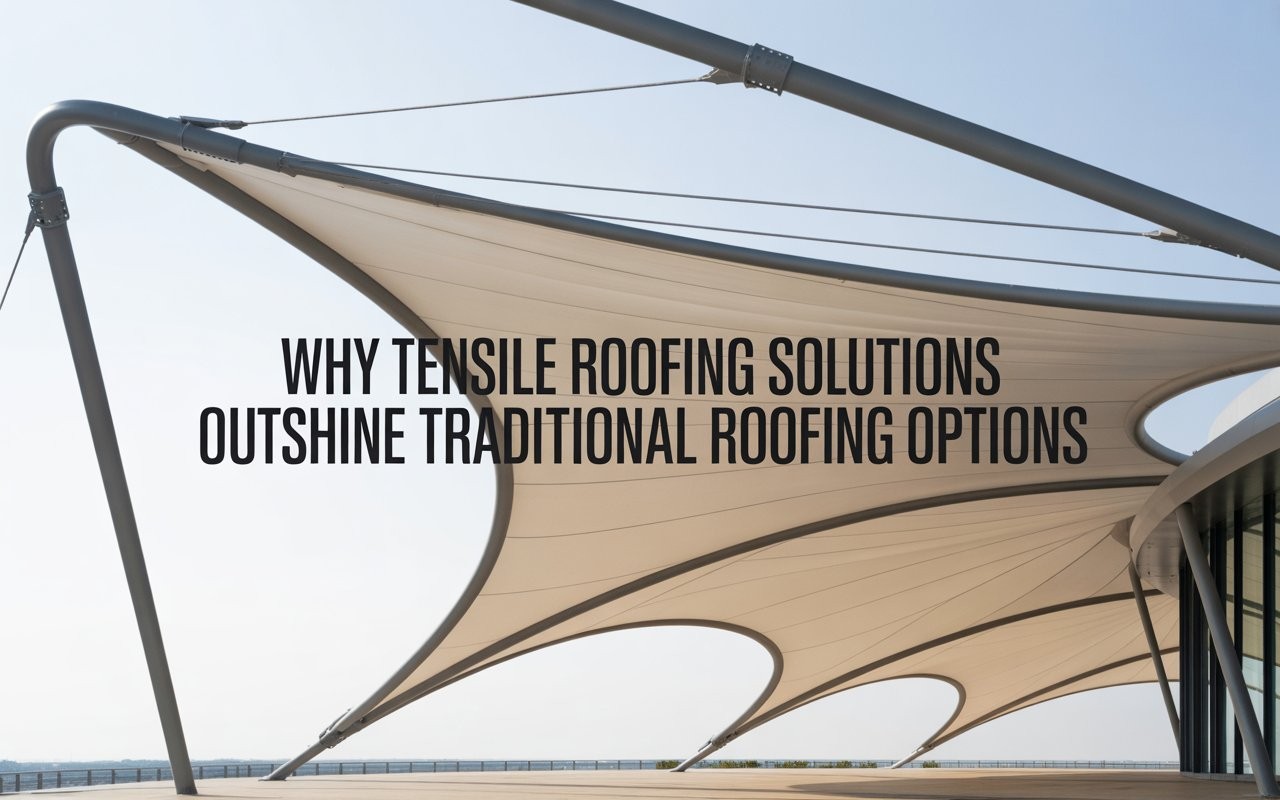
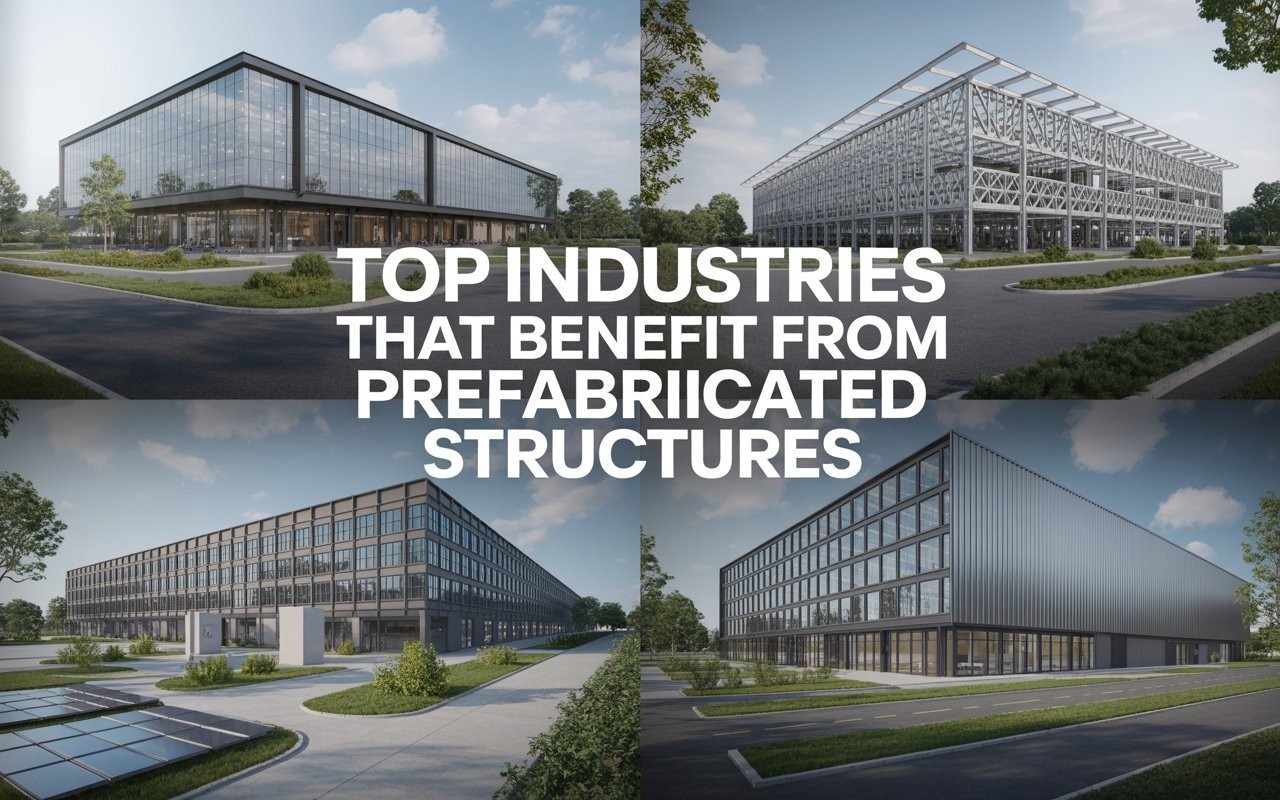
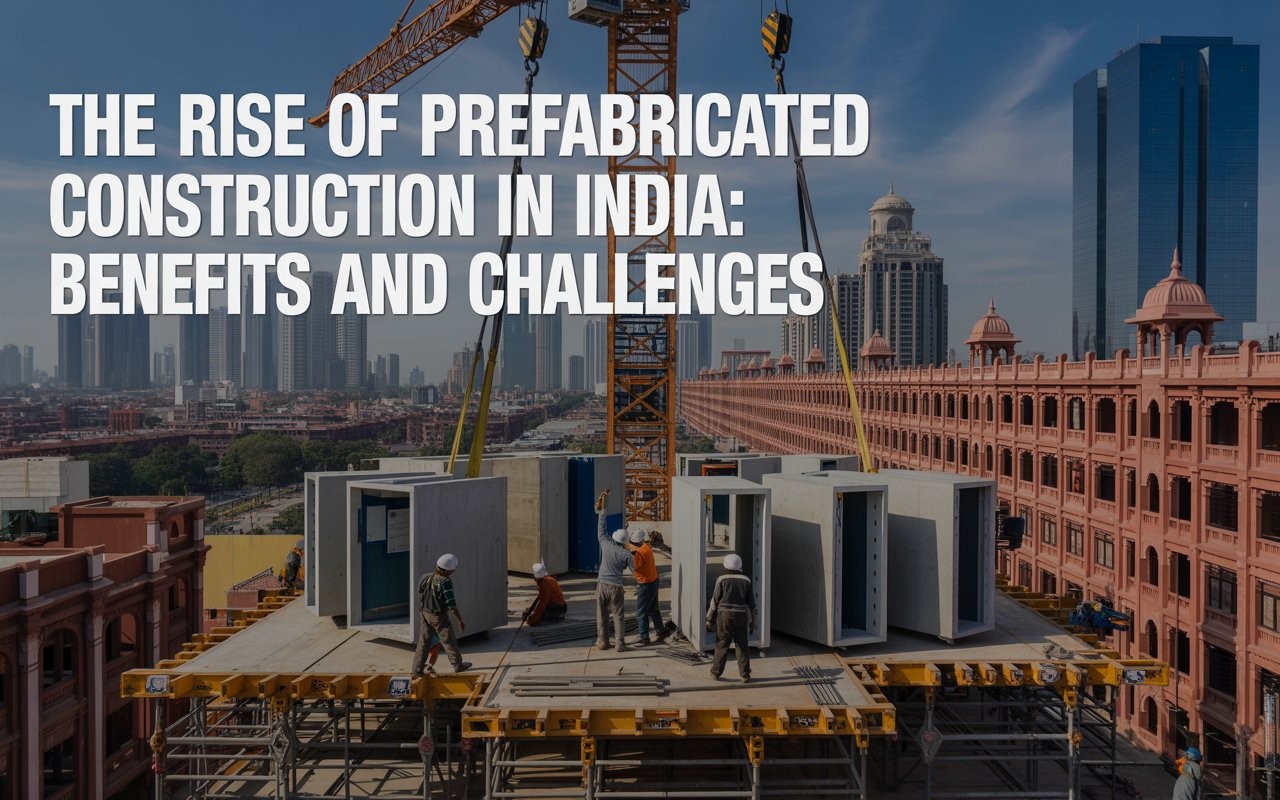
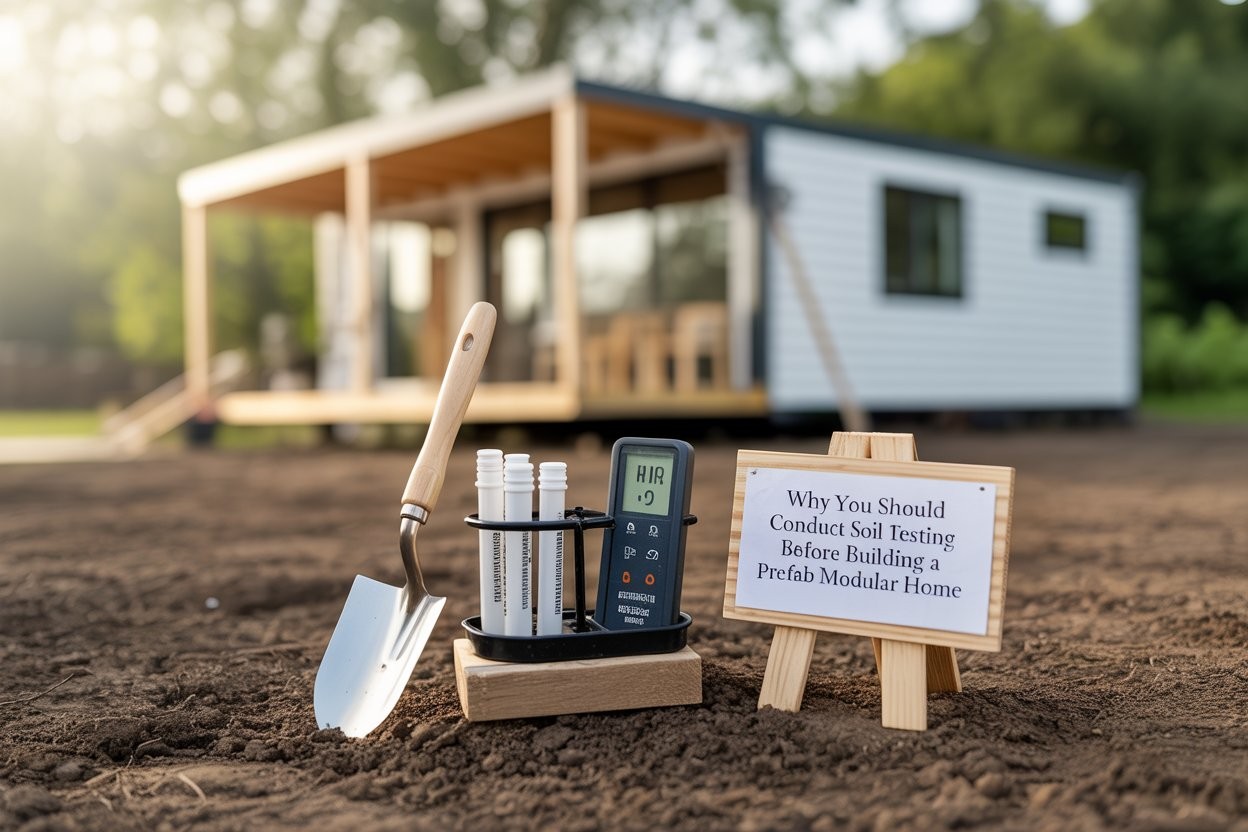
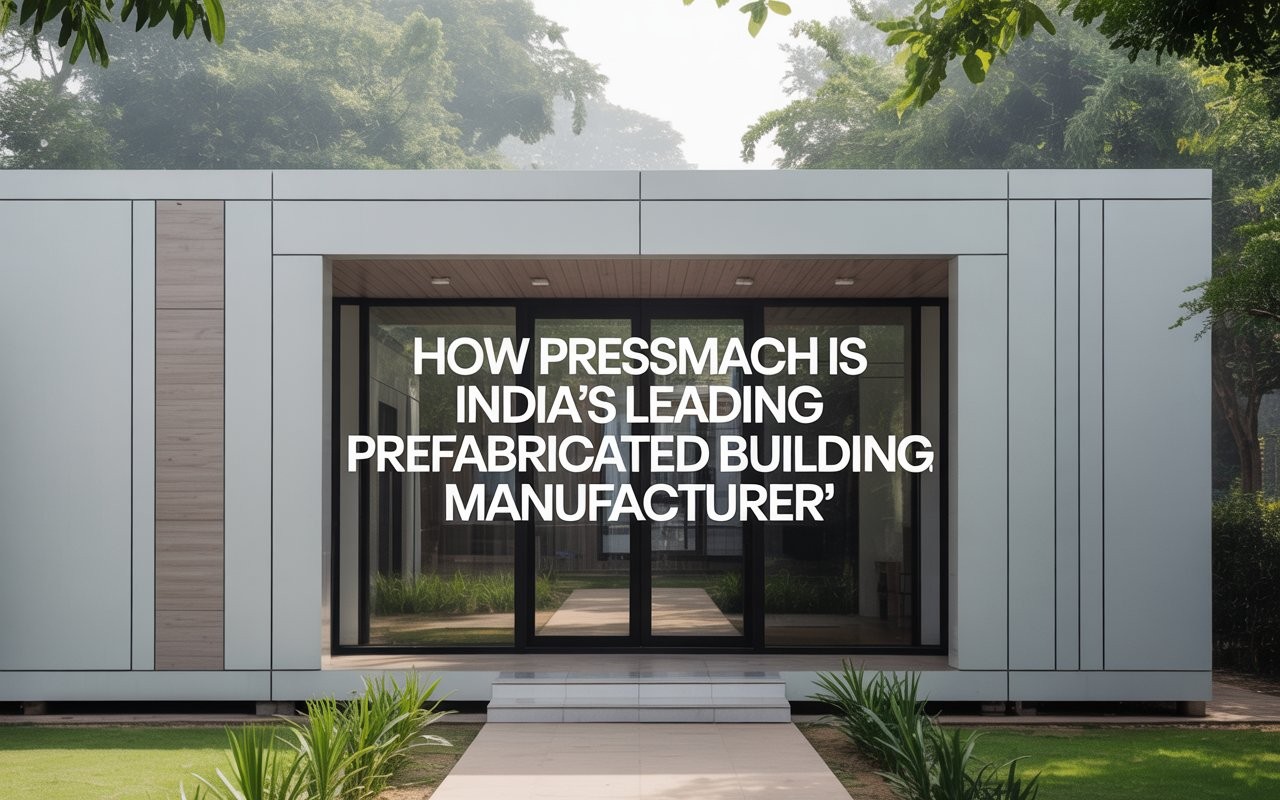
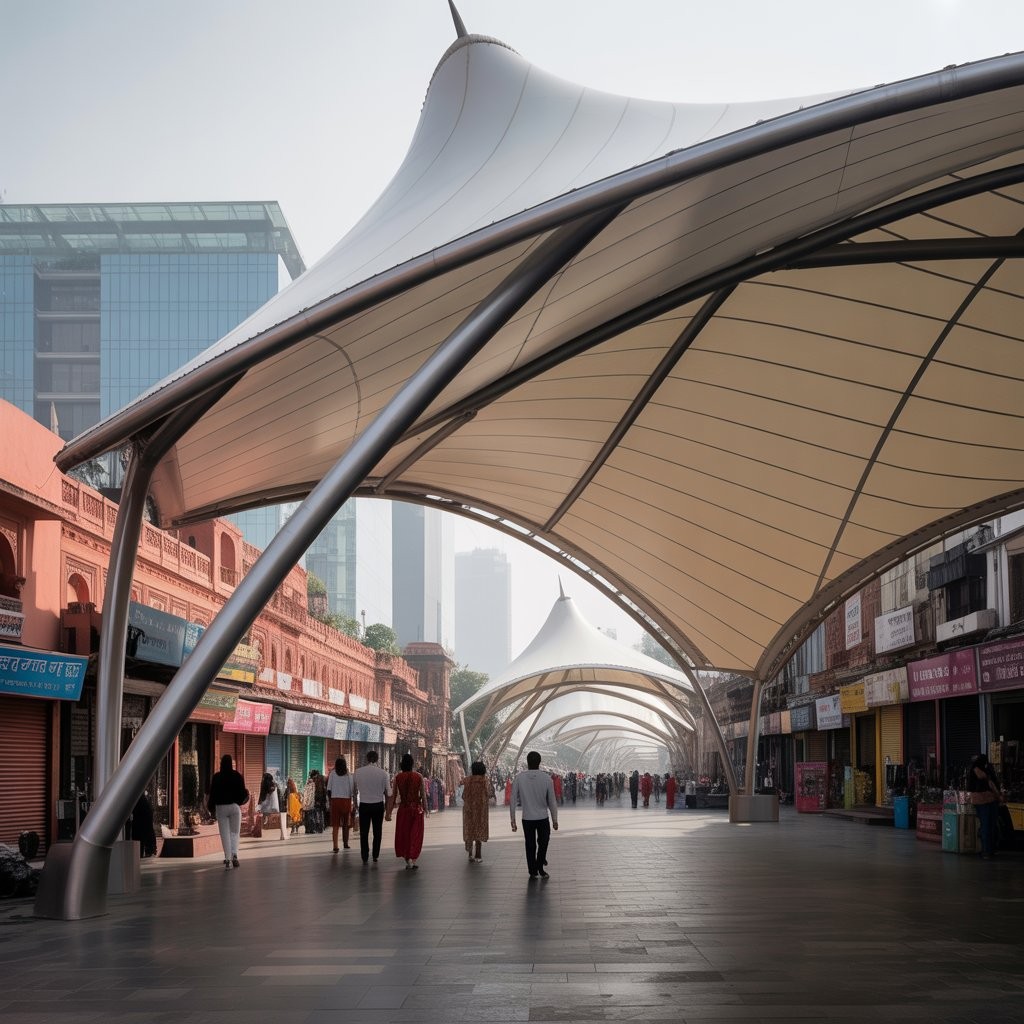
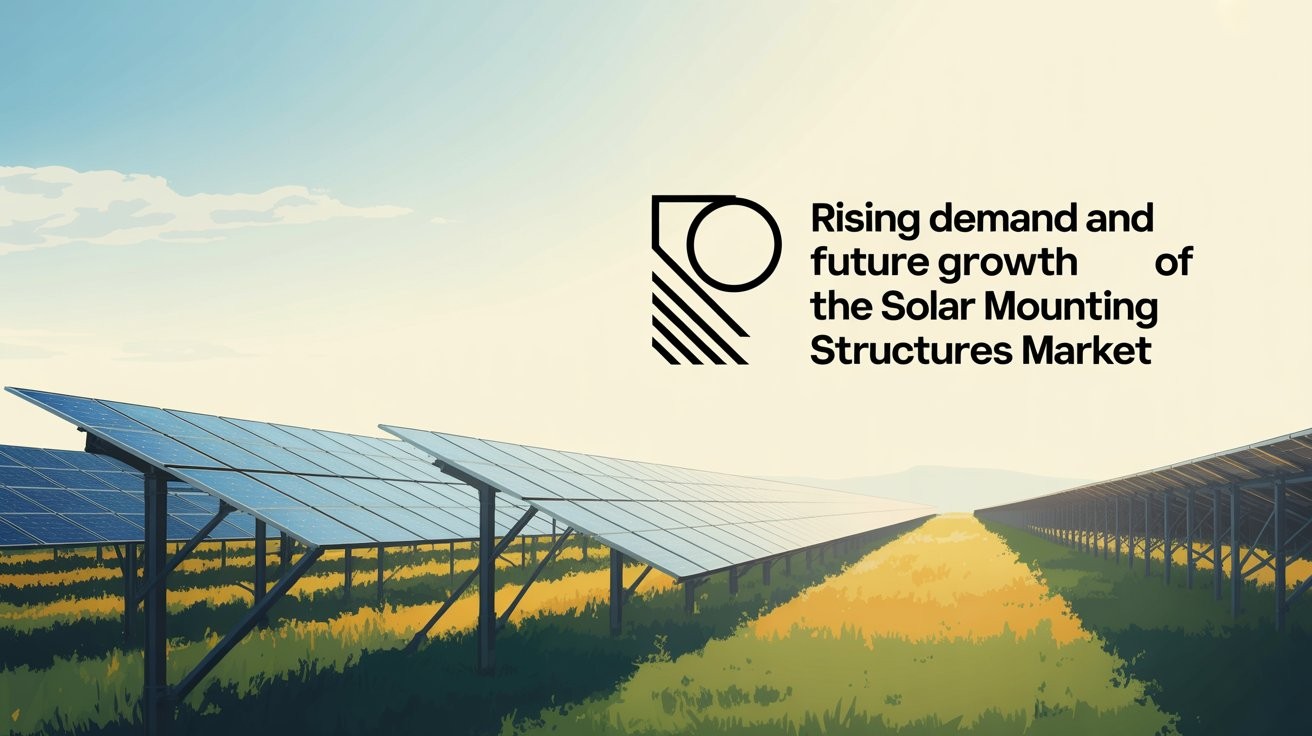
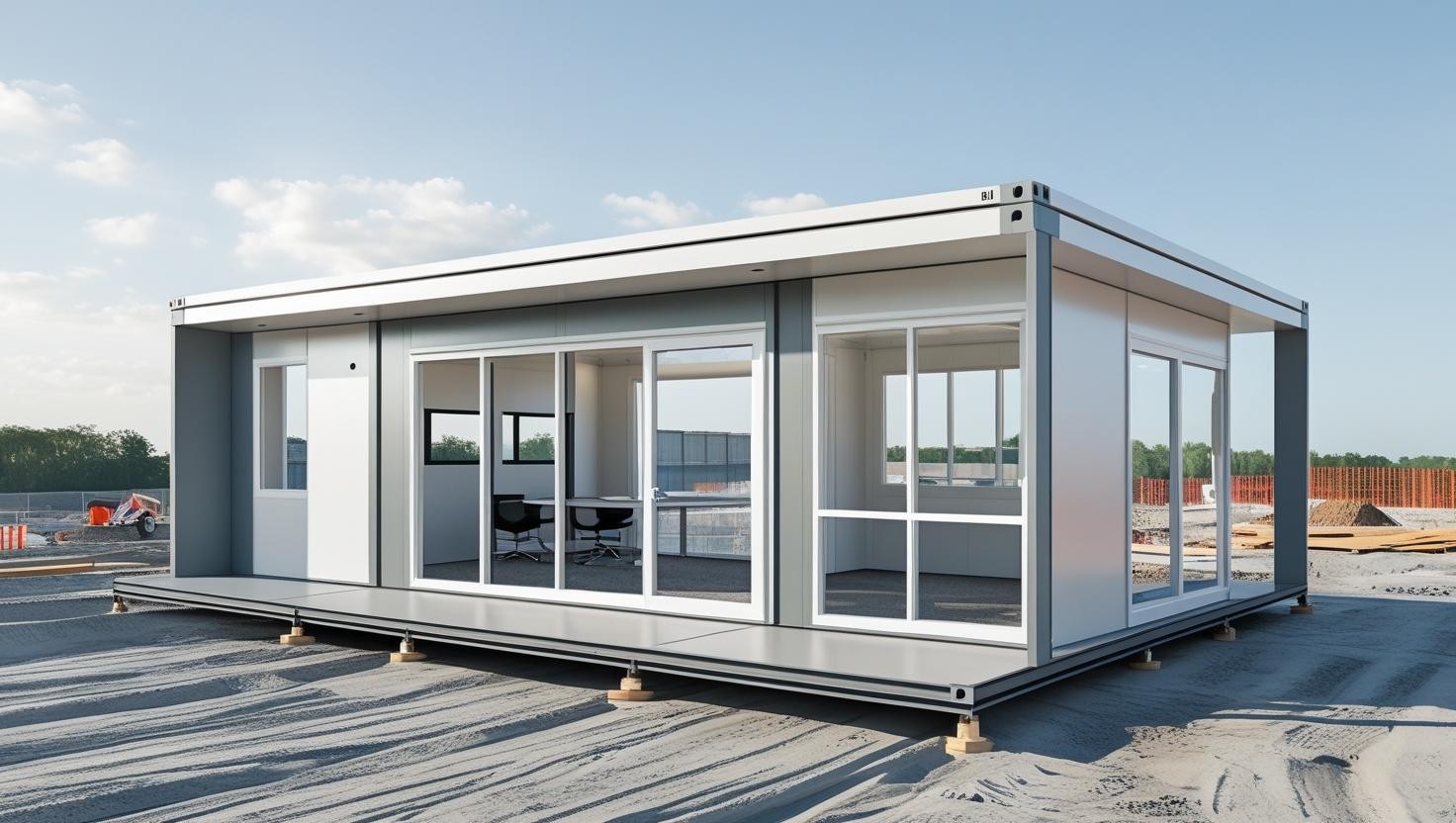
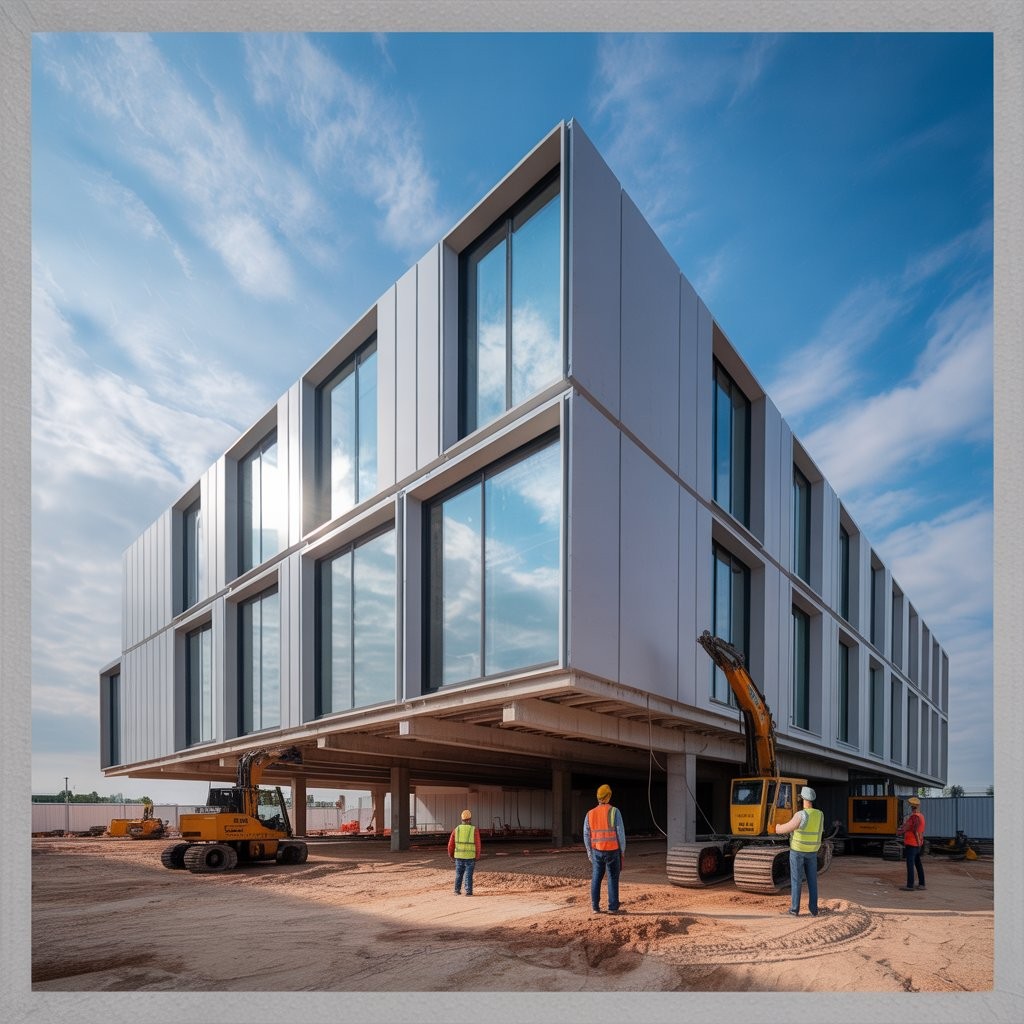









6790c3d8f29a2.jpeg)

























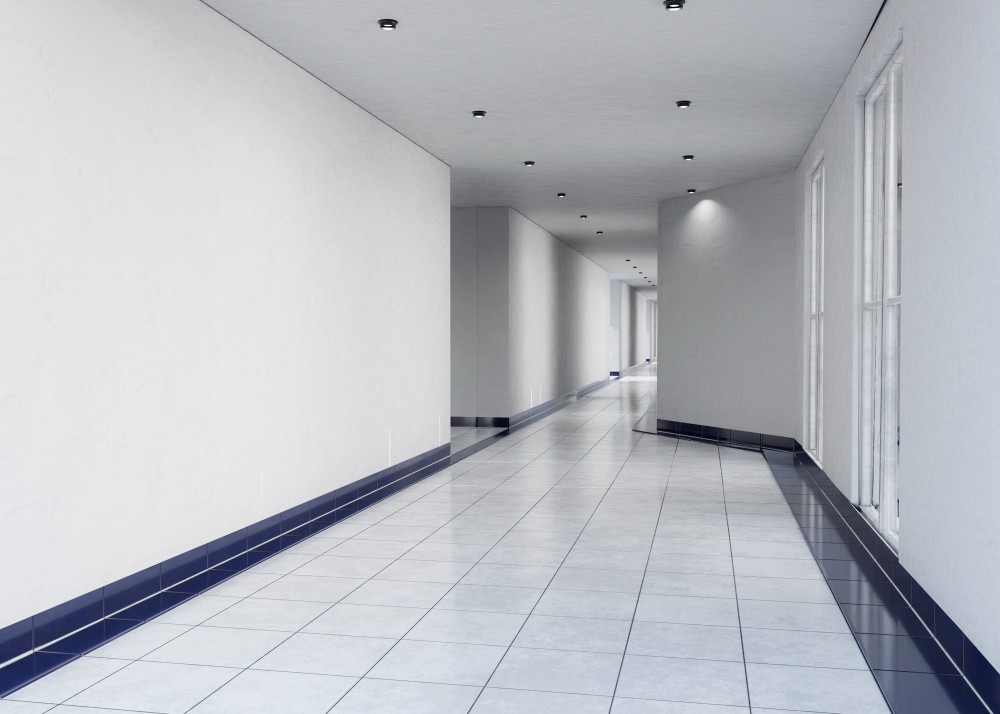
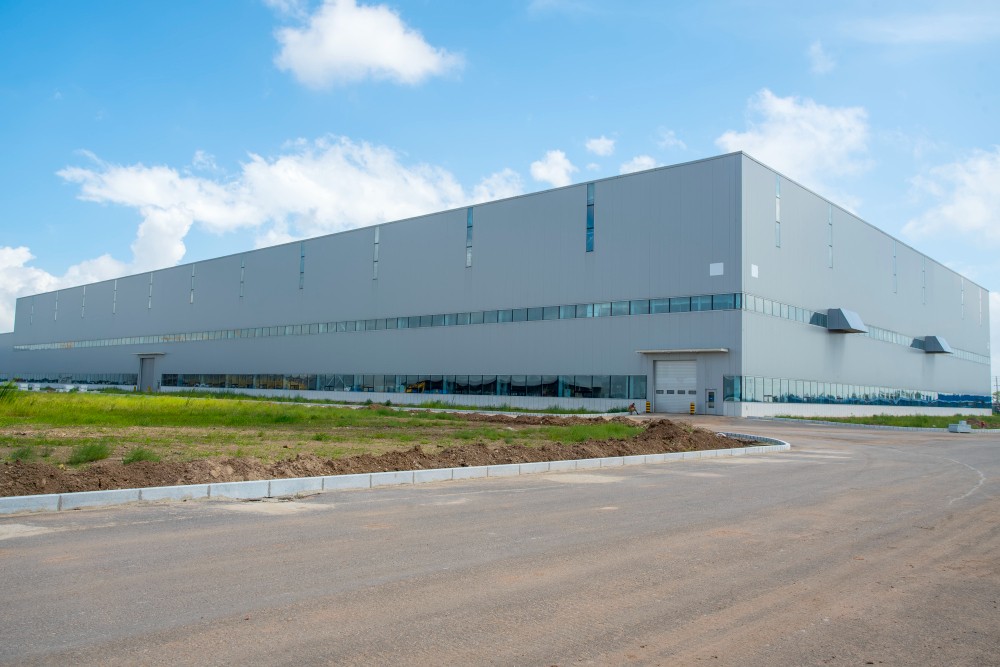

65cf4d38697f9.webp)
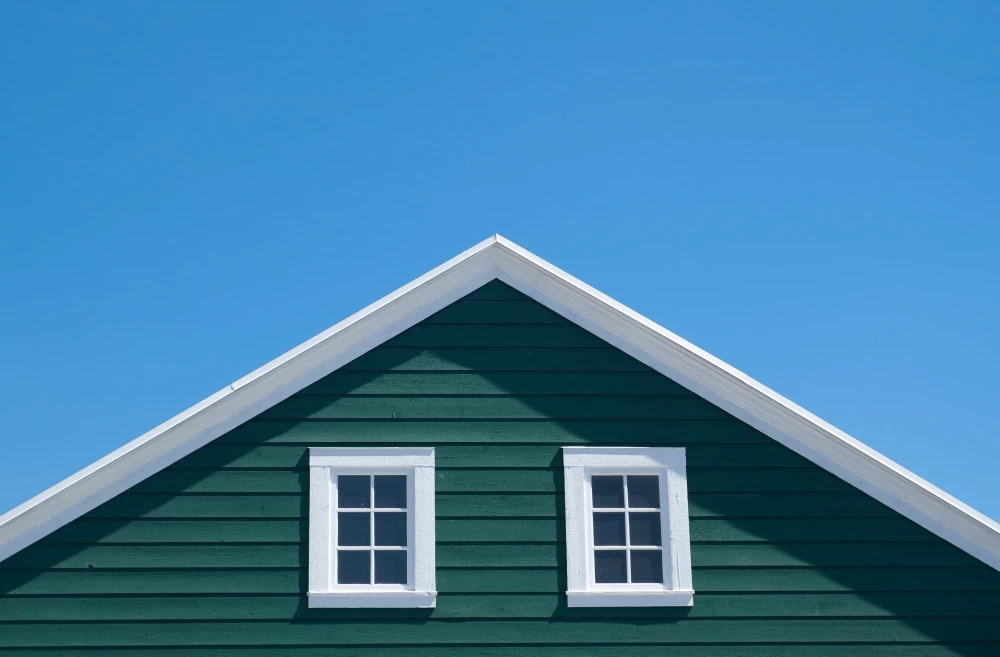
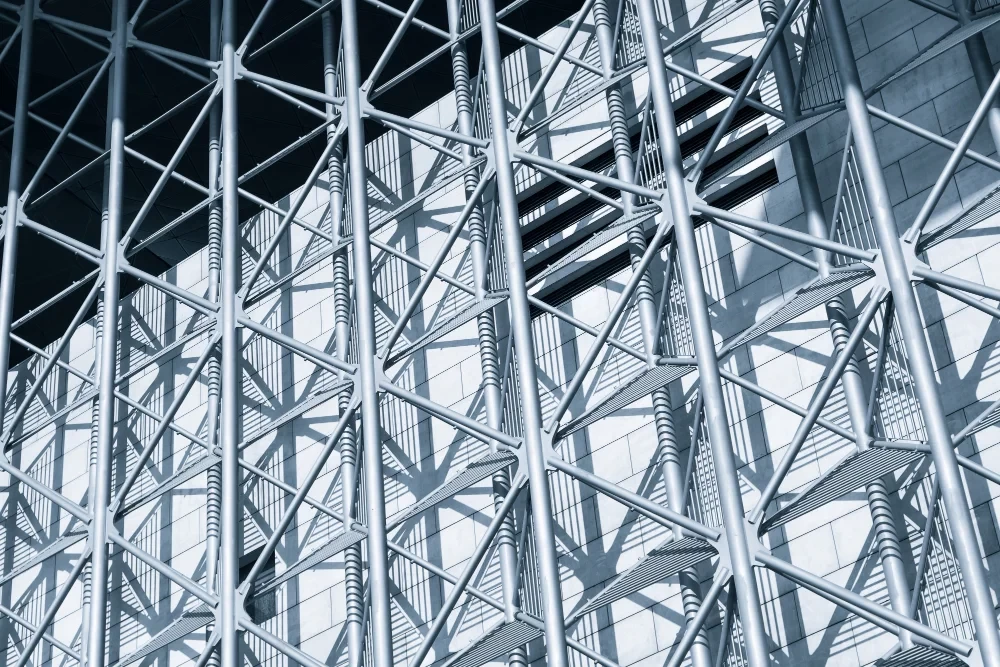
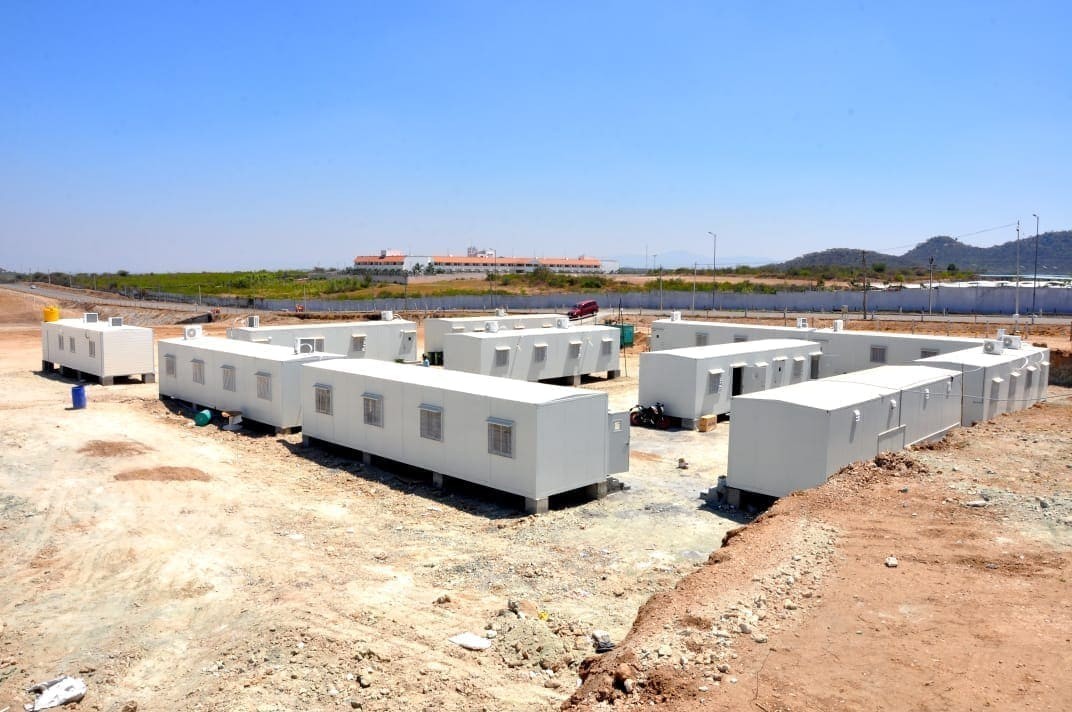
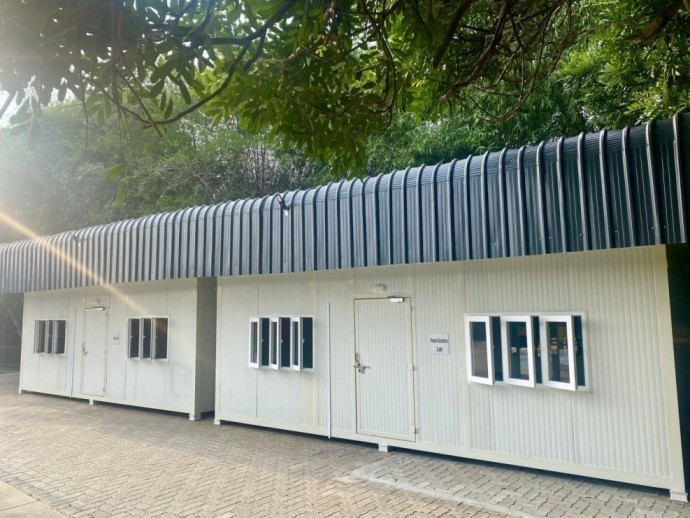

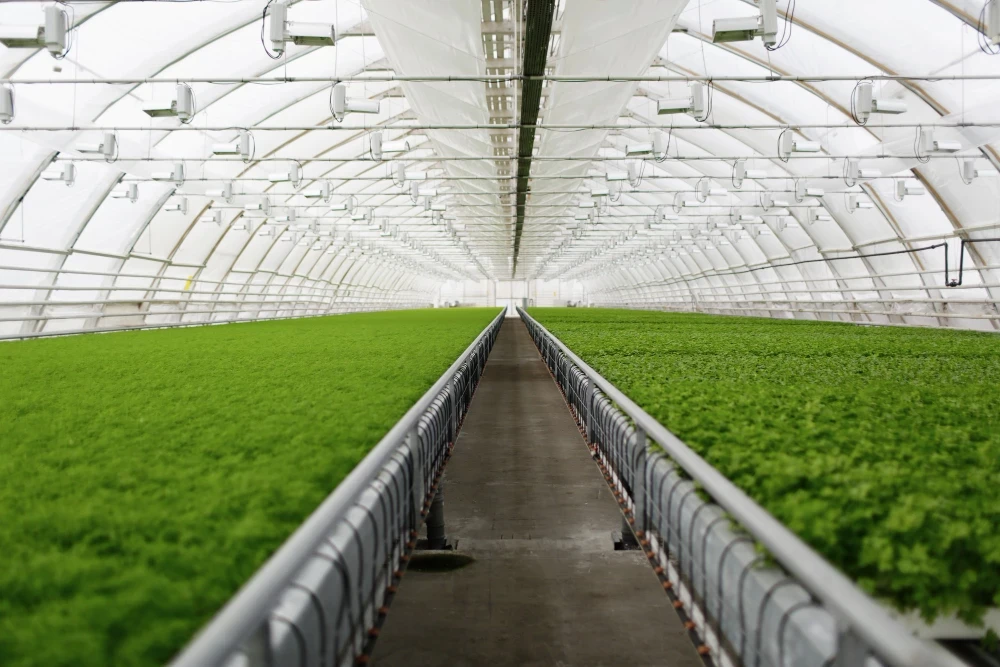
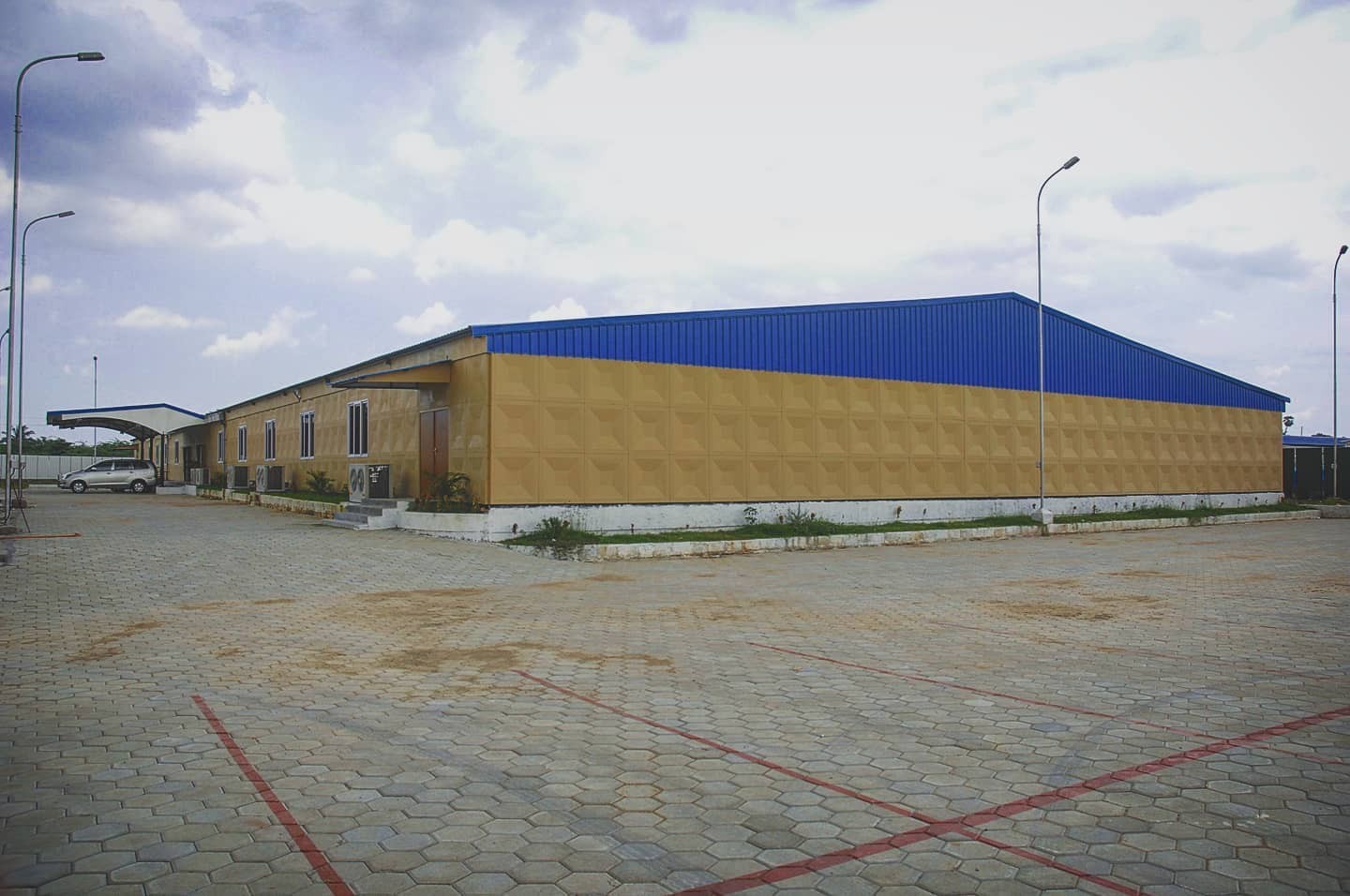
65cf65f046eed.webp)
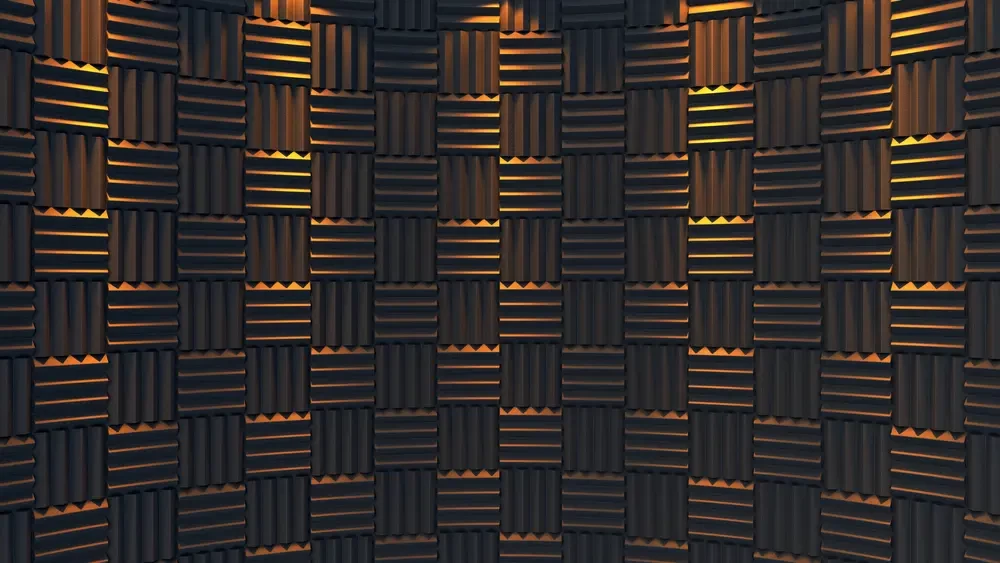
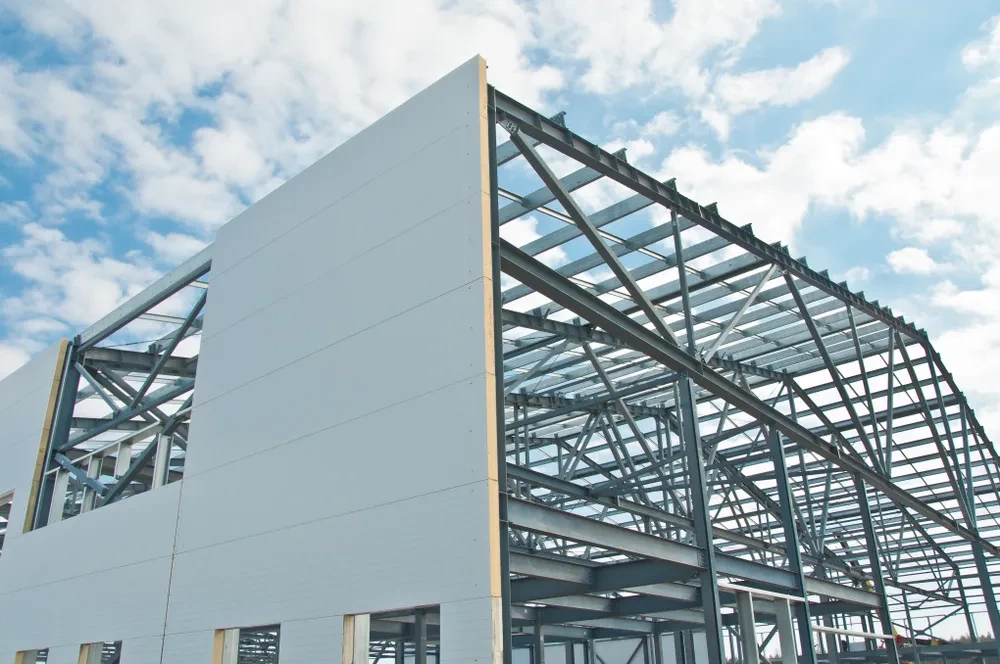
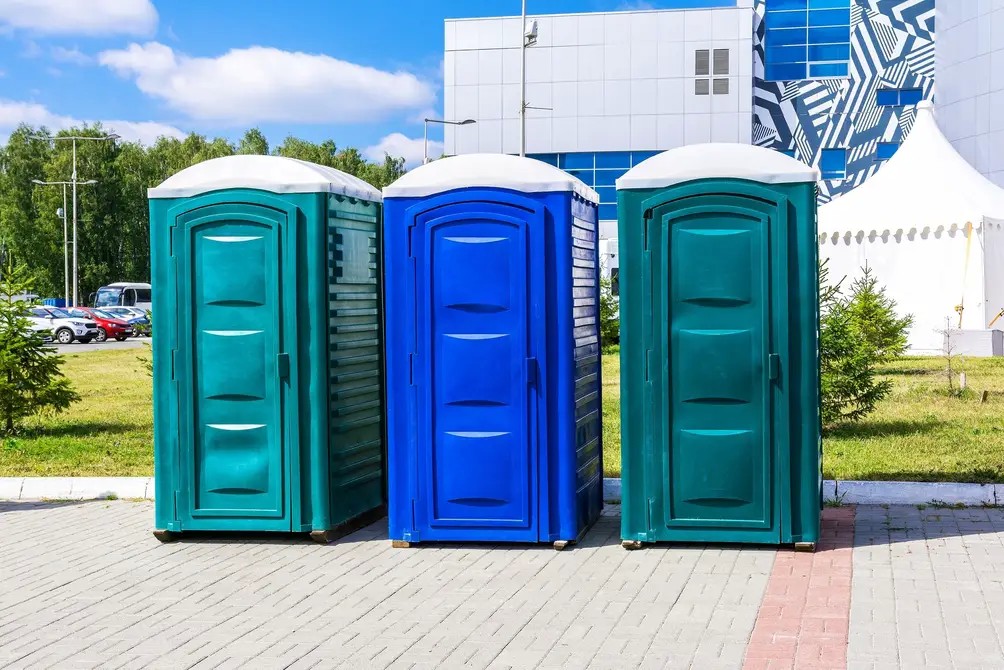
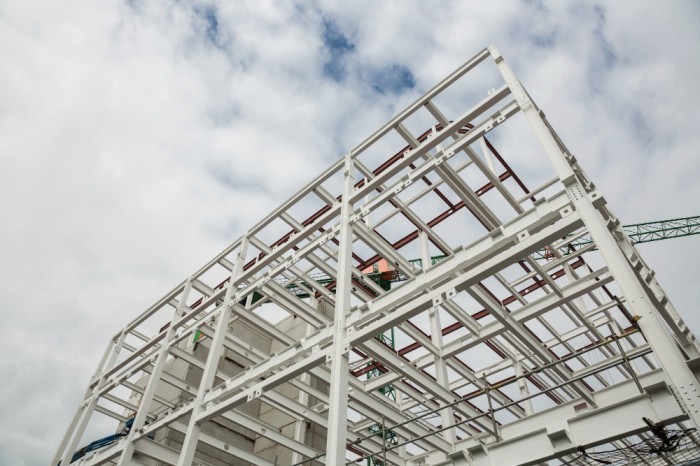
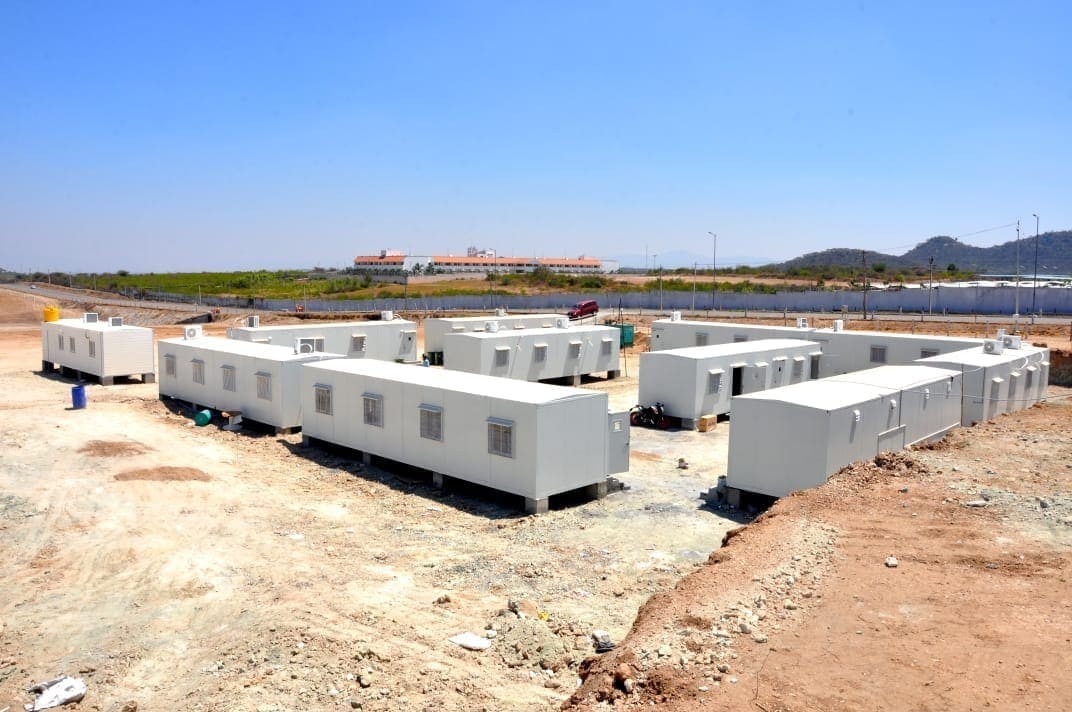
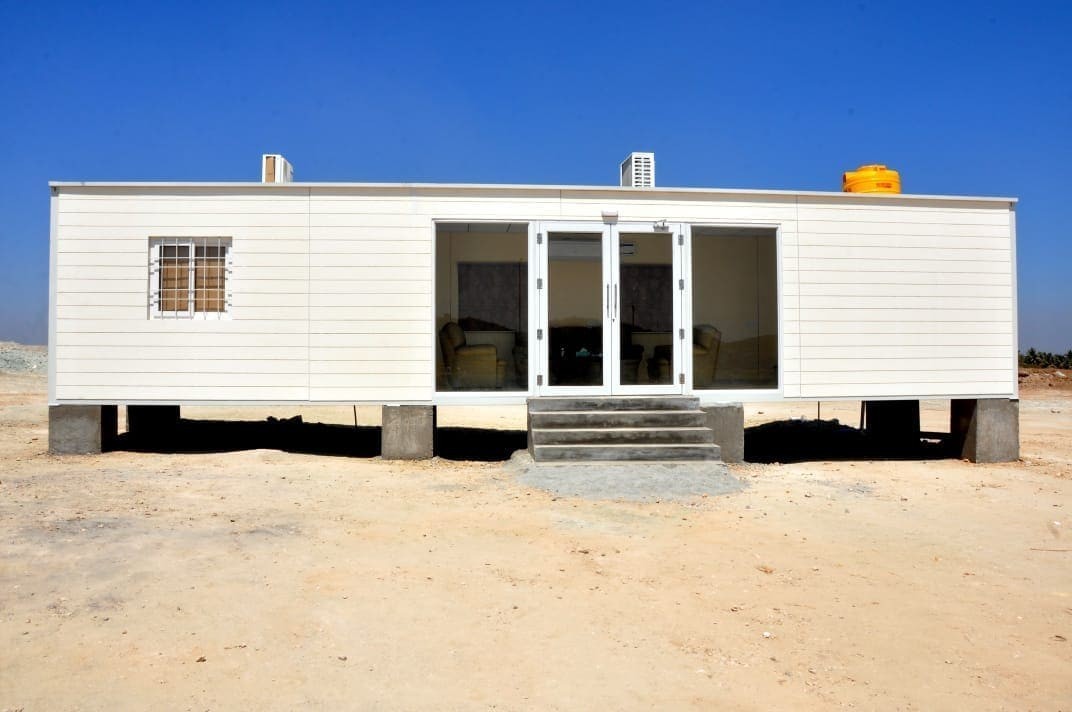
64afe3444467b.jpeg)
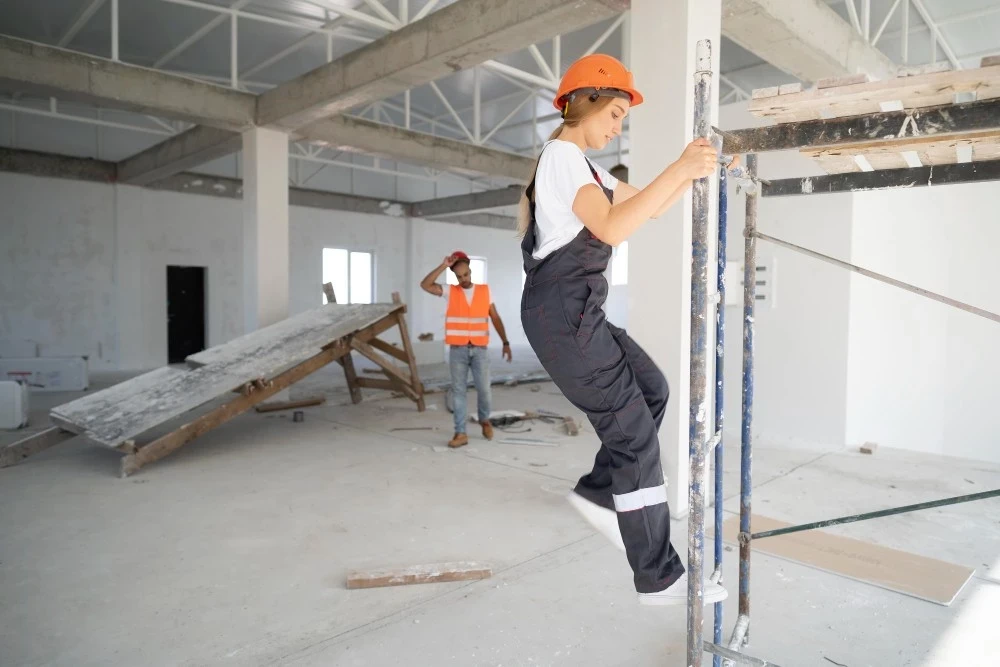
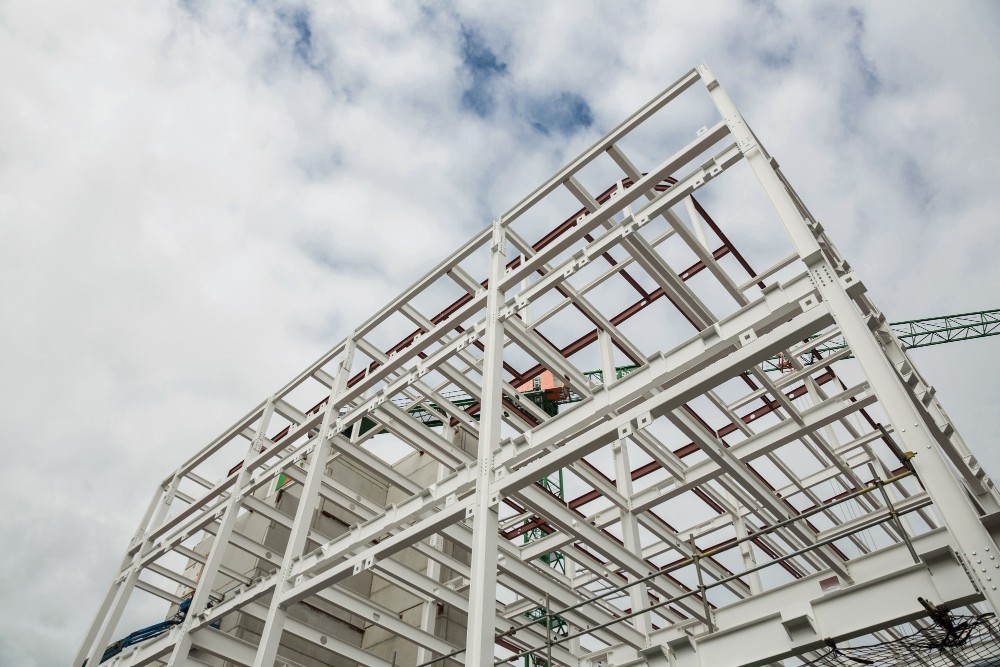
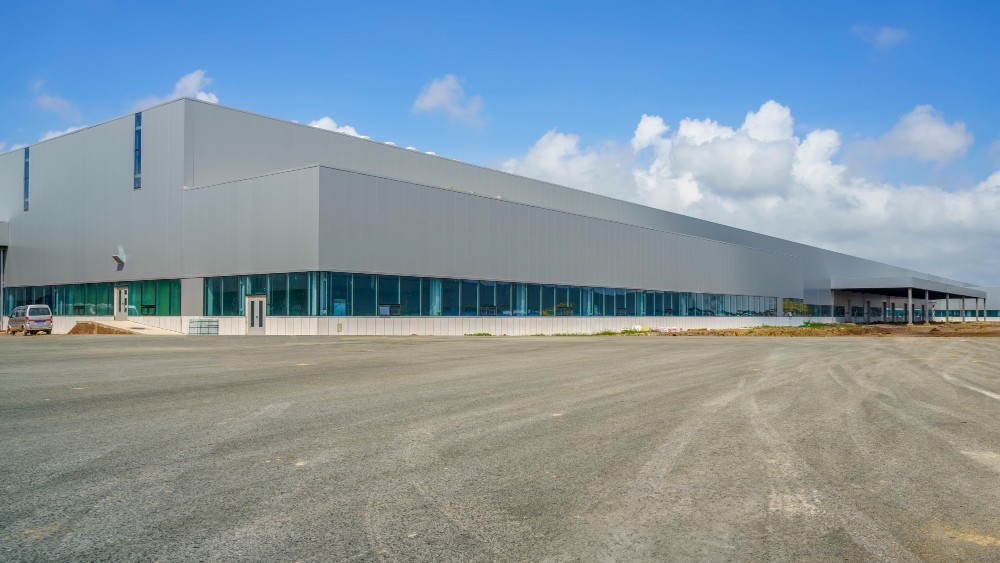
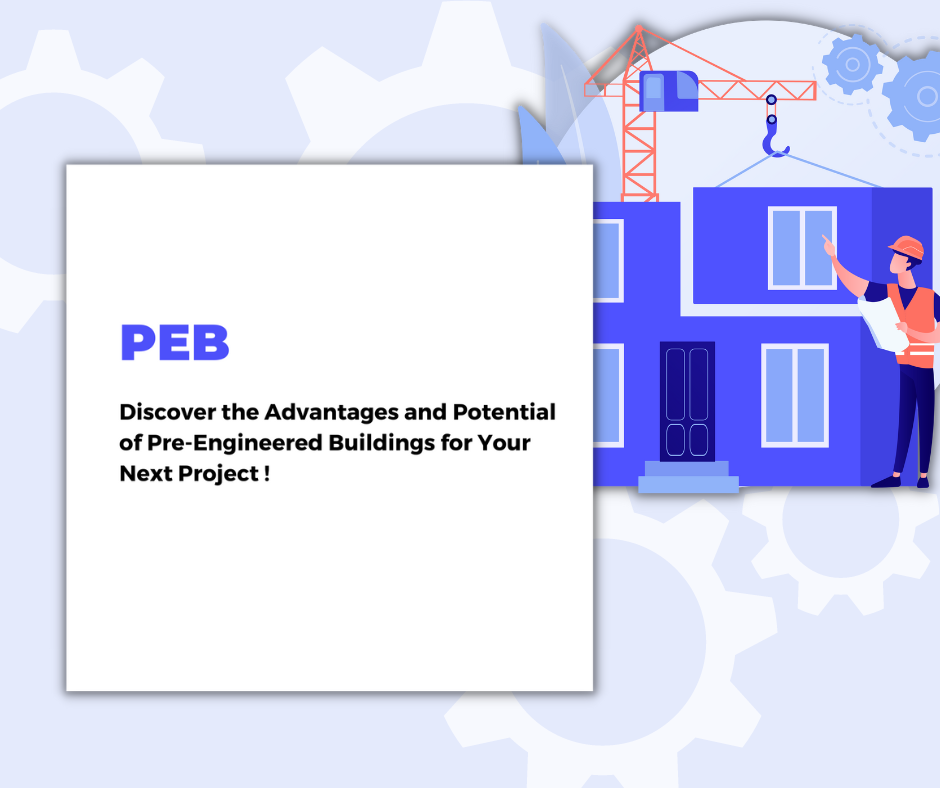
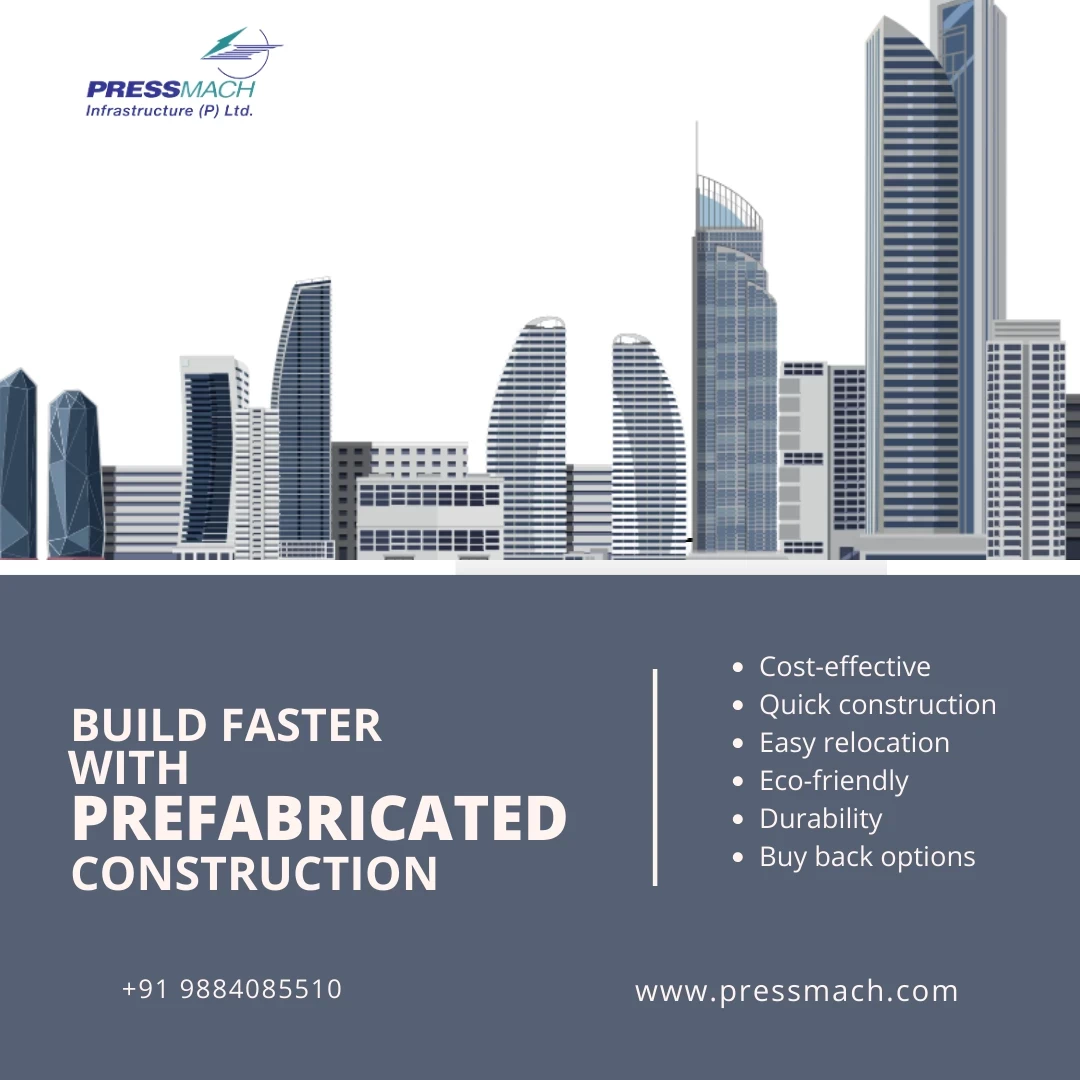
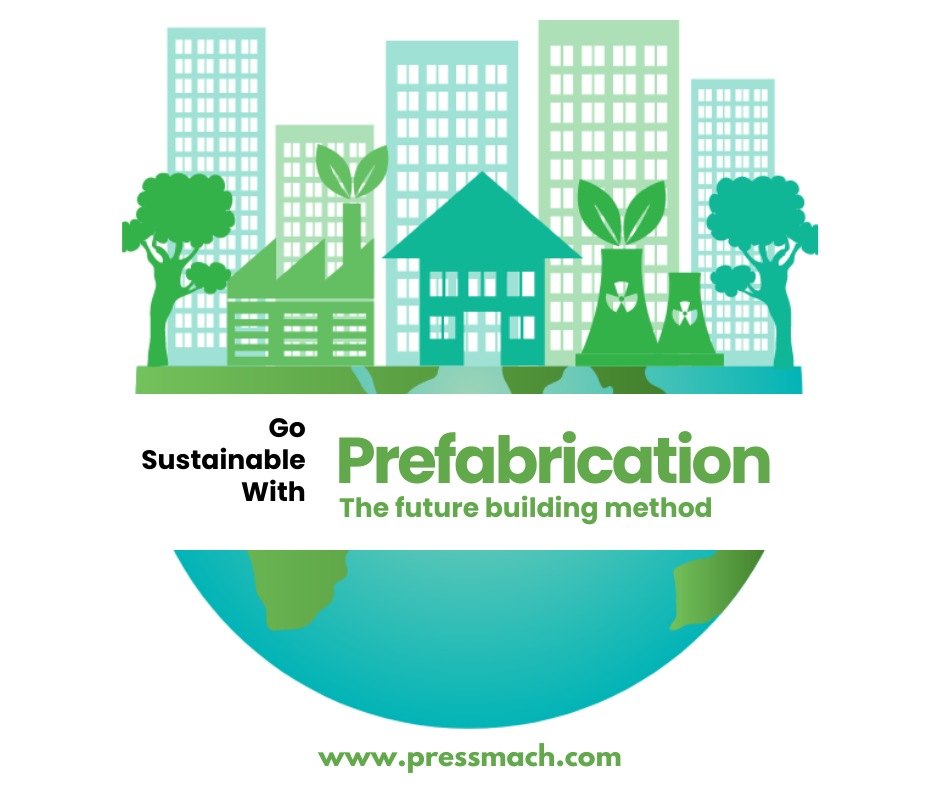
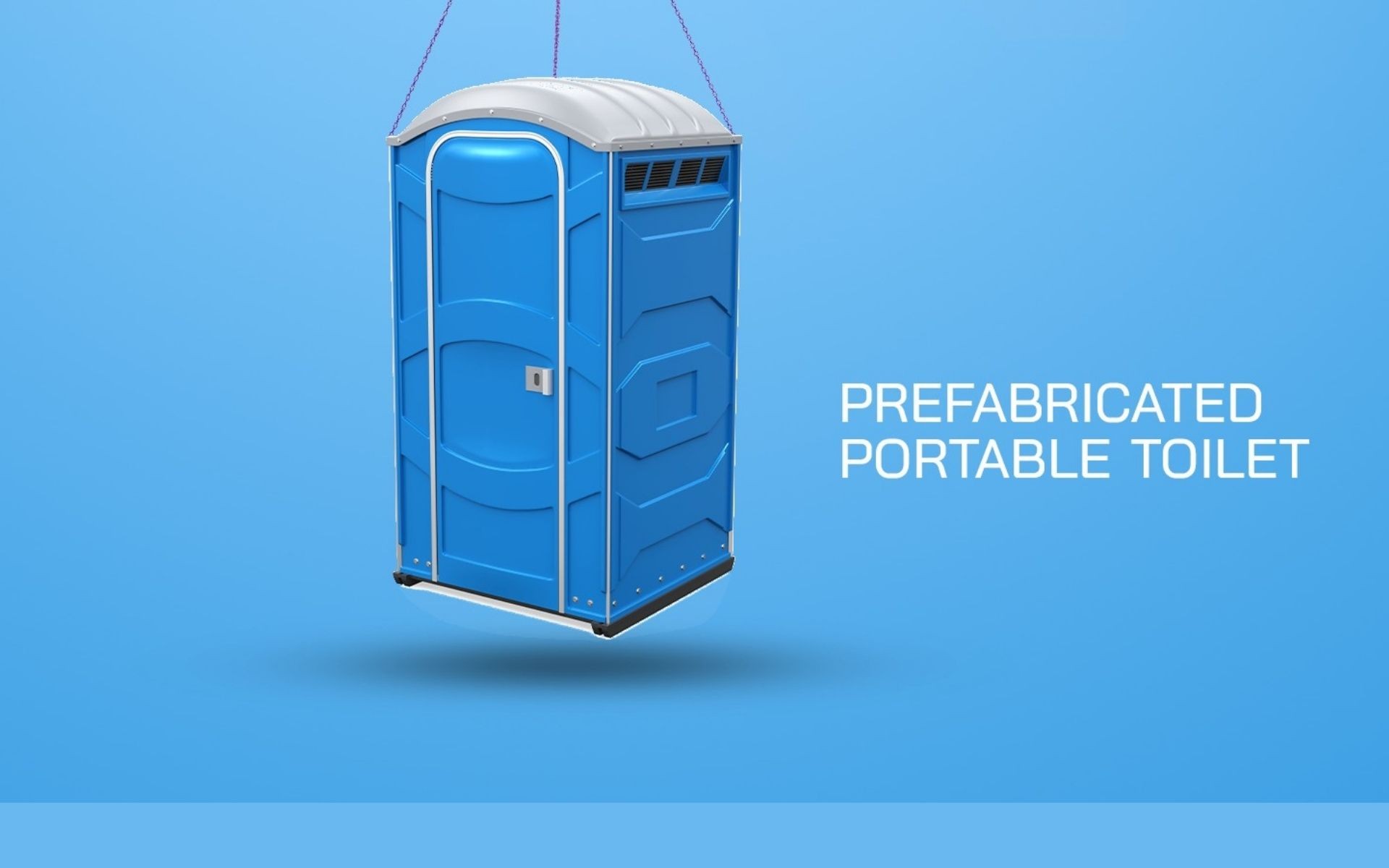

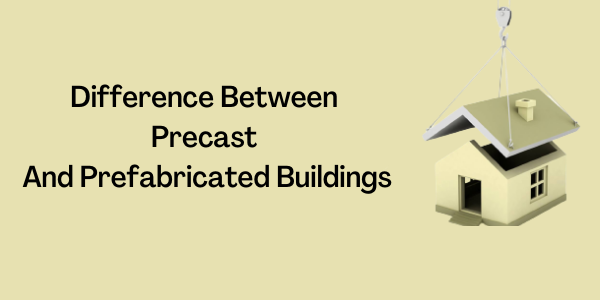
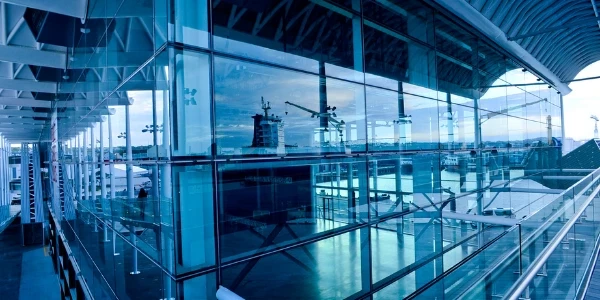

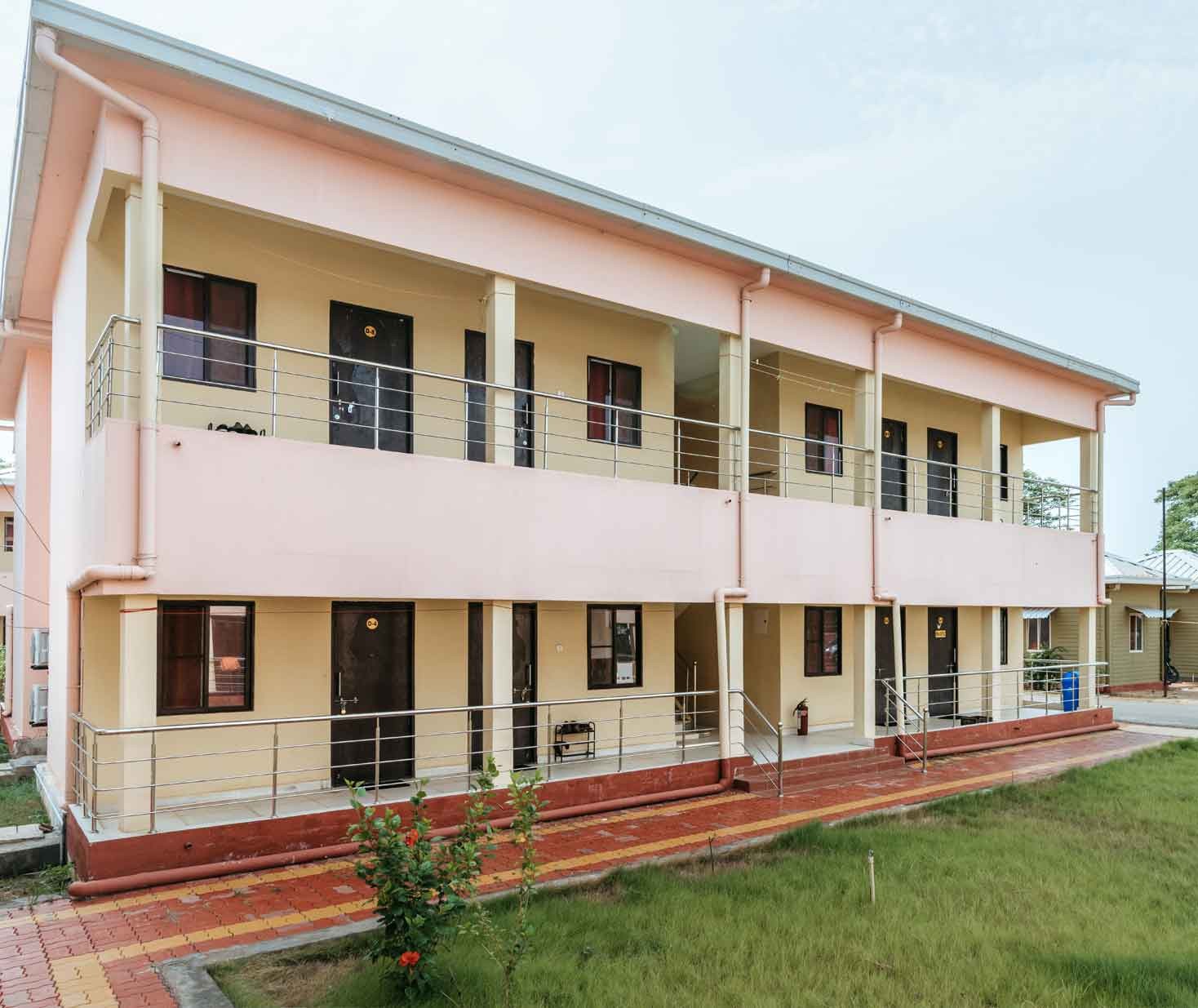
 site office front view622f00119ba65.jpg)

6349487807893.jpeg)